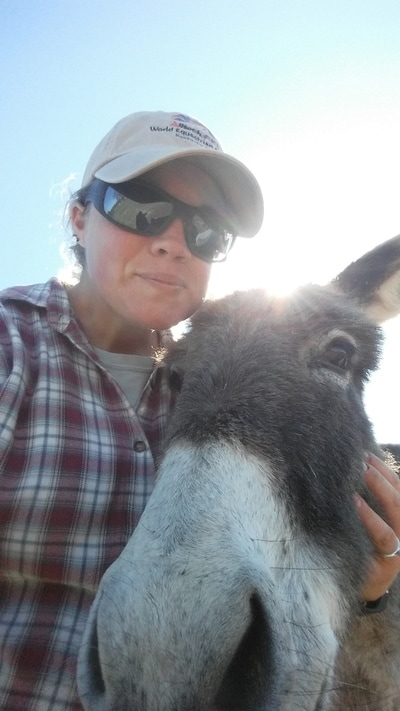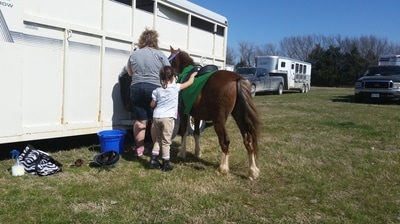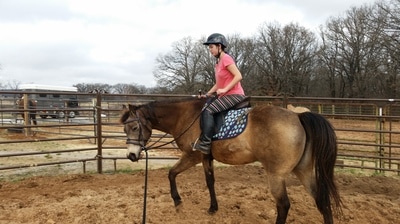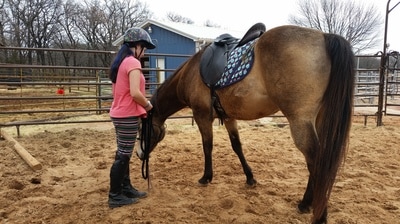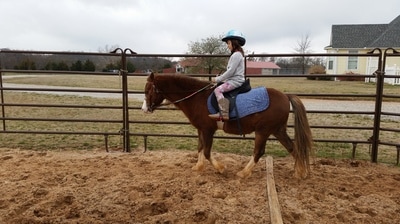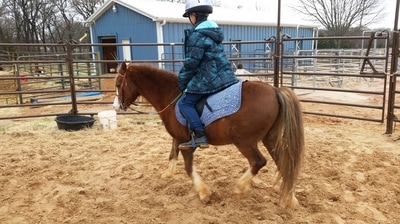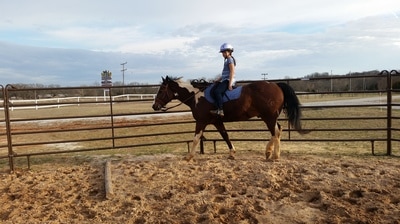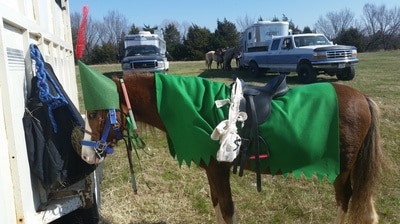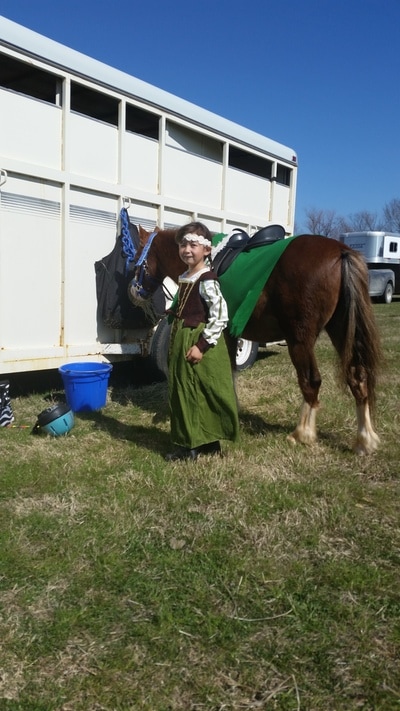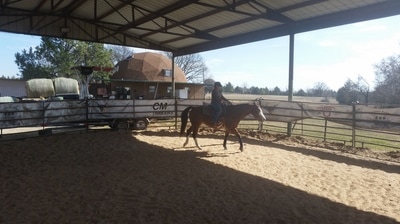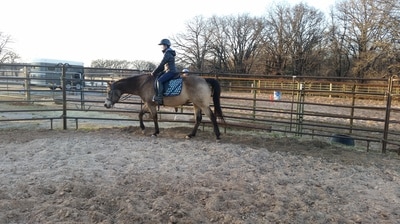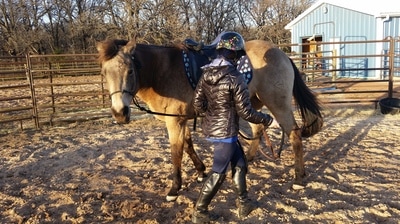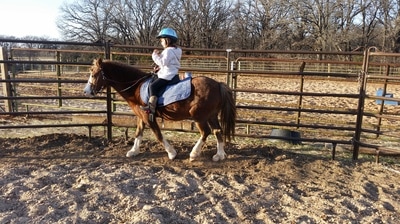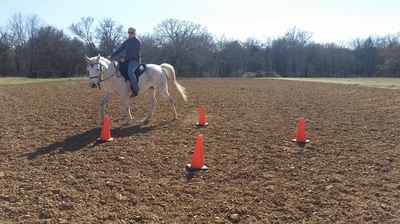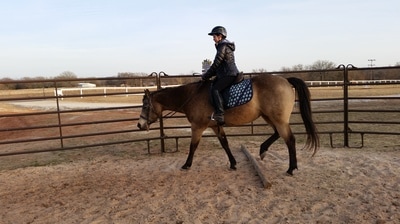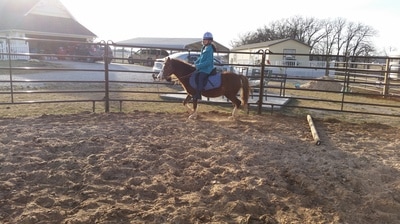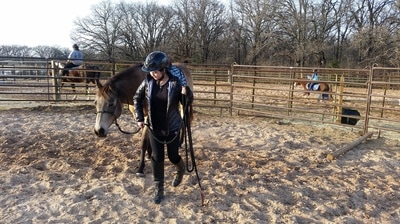Lately I've gotten a lot of people to question me about how to know if their horse is getting enough to eat. A simple way is to determine if you can see any ribs or can feel them. Horses are like people, some have a hight metabolism, while others have a slower one. Horses that are worked harder usually need more feed intake than those sitting out in the pasture not doing anything. And those that are in the extreme cold weather also need more calories in order to keep the weight to make it through the winter.
In order to determine if your horse is getting enough, try and see his ribs. You should be able to just see 3 of his ribs and feel 5. If you see more than 5, then he isn't getting enough calories. If you can't see any ribs and cant feel any, then your horse needs some calories cut out of his diet. This is something to monitor on a daily basis, as it's more difficult to see and feel ribs in the winter with a lot of winter hair. winter is especially hard on them, and along with feed, you must always remember to have
In order to determine if your horse is getting enough, try and see his ribs. You should be able to just see 3 of his ribs and feel 5. If you see more than 5, then he isn't getting enough calories. If you can't see any ribs and cant feel any, then your horse needs some calories cut out of his diet. This is something to monitor on a daily basis, as it's more difficult to see and feel ribs in the winter with a lot of winter hair. winter is especially hard on them, and along with feed, you must always remember to have
 RSS Feed
RSS Feed
